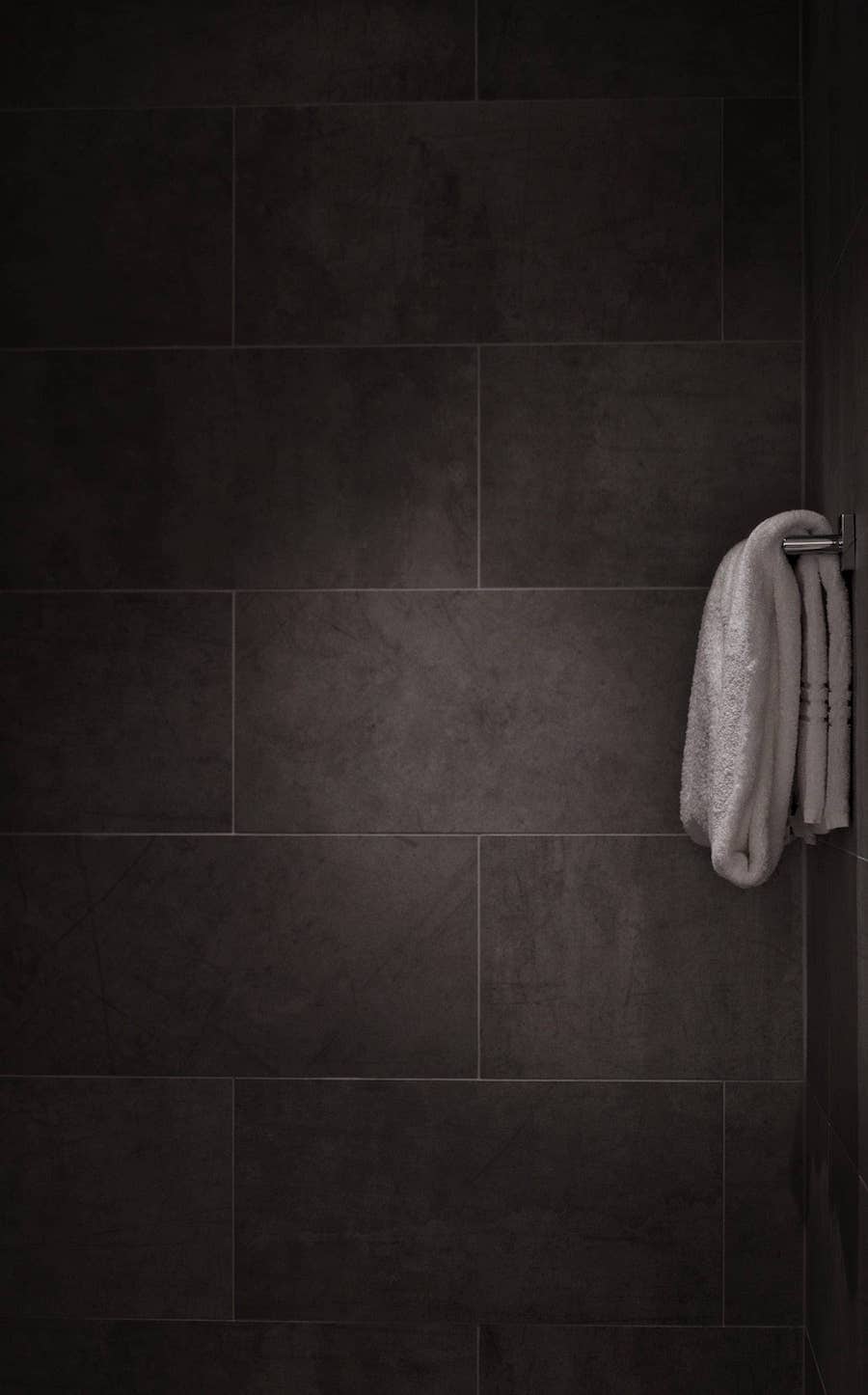Remodeling bathroom: Wet Rooms vs. Shower Rooms
Embarking on a bathroom renovation journey opens up a world of possibilities, with wet rooms and shower rooms standing out as popular choices. In this in-depth comparison, we’ll explore the advantages and disadvantages of each, delve into the materials for shower trays, and outline best practices for installation. Whether you’re a seasoned bathroom fitter or a homeowner planning a remodel, read on for valuable insights into creating the perfect bathing sanctuary.
Wet Rooms vs. Shower Rooms: The Showdown
Wet Rooms
Advantages:
- Open and Spacious Feel: Wet rooms eliminate the need for enclosures, providing a seamless and expansive look, perfect for smaller bathrooms.
- Accessibility: The absence of barriers makes wet rooms ideal for individuals with mobility challenges, ensuring easy access for everyone.
- Easy to Clean: With fewer nooks and crannies, wet rooms are easier to clean and maintain, reducing the risk of mold and mildew.
Disadvantages:
- Waterproofing Challenges: Ensuring a fully waterproofed space is crucial, and any lapses can lead to leaks and water damage.
- Installation Complexity: Proper installation requires expertise to create the necessary slope toward the drain and guarantee effective water drainage.
- Not Ideal for Upper Floors: Due to waterproofing concerns and drainage complexities, wet rooms are not recommended for installation on upper floors.
Shower Rooms
Advantages:
- Privacy: Enclosed shower rooms offer a sense of privacy, which can be particularly beneficial in shared bathrooms or en-suites.
- Versatility: Shower rooms come in various sizes and configurations, catering to different spatial constraints and design preferences.
- Easier Installation: Compared to wet rooms, shower rooms are generally easier to install, making them a practical choice for quick renovations.
Disadvantages:
- Perceived Confinement: Enclosed spaces may feel smaller, making the bathroom appear less open and airy.
- Potential for Mold: Areas behind and around shower enclosures can be susceptible to mold growth if not adequately ventilated.
Shower Tray Materials
Acrylic: Lightweight, durable, and cost-effective. Acrylic trays are easy to install but may scratch over time.
Stone Resin: Sturdy and luxurious, stone resin trays offer a premium feel and durability, though they are heavier and more expensive.
Ceramic: Classic and easy to clean, ceramic trays are a popular choice, but they can chip or crack under heavy impact.
Composite: A blend of materials, composite trays provide a good balance of durability and affordability.
Best Practices for Installation
Shower Tray:
- Ensure Level Installation: A level surface is essential to prevent water pooling and ensure efficient drainage.
- Proper Sealing: Use high-quality sealant to secure the tray, preventing water from seeping into the underlying structure.
Wet Room Kit:
- Impeccable Waterproofing: Invest in a quality wet room kit that includes waterproof membranes and tanking systems for comprehensive protection.
- Professional Installation: Given the complexities involved, it’s advisable to enlist the expertise of a wet room specialist for installation.
In conclusion, the choice between wet rooms and shower rooms depends on various factors, including space, accessibility, and personal preferences. Understanding the advantages, disadvantages, and best practices for installation can guide you in creating a bathroom that not only meets your needs but also exceeds your expectations. Whether you opt for the open expanse of a wet room or the privacy of a shower room, a carefully planned renovation will transform your bathroom into a luxurious haven.
